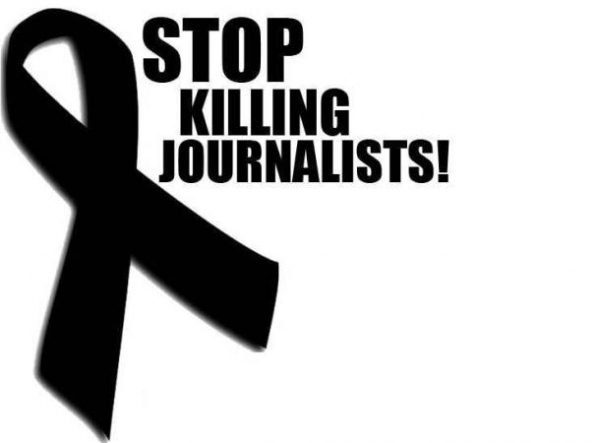By Darwin Wally T. Wee, a freelance journalist from the Philippines on exchange with the Economic Observer

The publisher of a tabloid newspaper in the Philippines was gunned down on Thursday evening, as the opponents of free speech claimed their first victim of 2012 in one of the most lethal places in the world to work as a reporter.
The National Union of Journalists of the Philippines said that Christopher Guarin, publisher of Tatak News, had been killed at 10.30 on Thursday night in the southern city of General Santos.
The group’s statement quoted Edwin Espejo of Asian Correspondent saying that Guarin and his wife were riding their Kia sedan when the gunmen attacked them. His wife survived the attack.
“Guarin was reported to have sustained five gunshot wounds in different parts of the body and one in the head. He was rushed to the General Santos City Hospital but doctors declared him dead on arrival,” the statement said.
Guarin had previously managed a radio station in the city, his death comes after six journalists died in 2011 and brings the death toll to 148 since the restoration of the democracy in 1986.
The Philippines has remained as the third worst country when it comes to media killings, the Committee to Protect Journalists said. Only Iraq and Somalia are more lethal for journalists.
In 2009, at least 32 journalists were massacred in Maguindanao province southern Philippines, in the single deadliest event for journalists in history. Almost half of the 190 suspects were arrested, but most of them have yet to be arraigned in the court.
Out of these killings, there are only 10 cases where court convictions have been successful, and even then only the gunmen were punished. The masterminds remain scot-free.
At present, there at least 15 cases related to media killings, including the infamous Maguindanao massacre, are going through Filipino courts.
Research by Friedrich-Ebert Stiftung and the Philippine Center for Investigative Journalism last month argued that while “press freedom has broad and firm guarantees in law and jurisprudence” in the Philippines, the country “remains one of the deadliest places in the world for journalists.”
“Operating in a culture of impunity and in one of the most dangerous countries for journalists, it comes as no surprise that even the free and rambunctious media of the Philippines reflect the constraints of fear and a growing concentration of ownership in their journalistic practice,” Asian Media Barometer said in its report on the Philippines.
